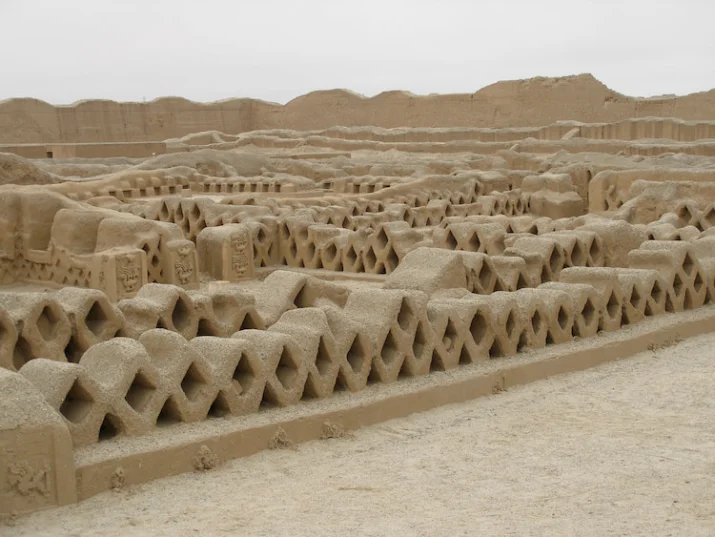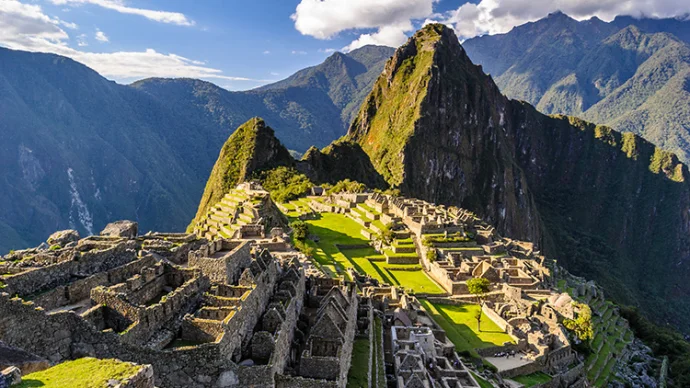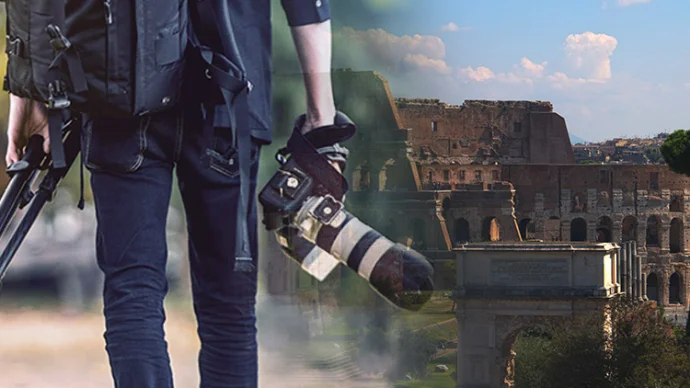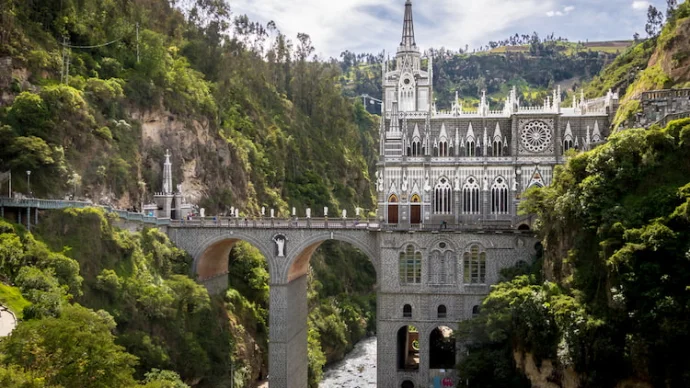
About Chan Chan
Chan Chan is an impressive site in Peru and the world’s largest adobe city as well as the largest pre-Colombian city in the Americas.
History of Chan Chan
As the capital of the ancient Chimu civilisation, Chan Chan was developed in around 1300 AD and would have reached its peak in the 15th century, after which the Chimu were overtaken by the Incas and the city was abandoned. The Chimu were extremely sophisticated builders and engineers. There are 10 citadels at Chan Chan, marking the 10 Chima rulers. The site is in the desert, and aqueducts/canals had to be built in order to supply the city with water.
Still a vast site today, it is thought that Chan Chan was home to up to 100,000 people, and spanned over 20 square kilometres at its zenith. Over the years, erosion has meant the outer parts of the city are gone, but there’s still plenty to visit.
The site was also looted by the Spanish from the 16th century onwards. Chan Chan was a wealthy city, and had large amounts of gold, silver and ceramics stored there. What’s left of this haul is housed in nearby museums – the rest was taken away for colonial benefit. Looting also further destroyed some of the site: what remains is a shadow of the grandeur of the former city and yet is still an incredible sight.
Chan Chan is a labyrinth of dwellings, palaces, fortifications, streets, storehouses and temples, all organised into a well-planned city structure spanning approximately 20 square kilometres.
The buildings at Chan Chan were ornately decorated, adorned with elaborate friezes, some of which can still be seen today and which depict animals, mythical creatures and abstract shapes. Sadly, what cannot be seen now is any gold or silver which probably decorated many of these sites, as this has all been stolen.
Chan Chan was later the site of a much more gruesome episode in Peruvian history: up to 5000 rebels were buried at the site during an uprising in Trujlllo in 1932.
Chan Chan today
Whilst the site is a mere shadow of what it would have been in its heyday, it’s still undeniably impressive. The Palacio Nik-An is the only area (at the moment) which is partially restored and open to the public – visit the others at your own risk. Muggings have been known to take place.
Elaborate friezes decorate the central ceremonial courtyard and audience chamber, whilst the mausoleum still proves to be a site of somewhat gruesome fascination – the tomb next to this was filled with the bodies of young women, raising questions about the nature of ritual sacrifice within Chimu society.
The site is closed Mondays, and there aren’t any refreshments on site, so be sure to bring snacks. The site’s museum is about 500m away, and houses a variety of artefacts from digs and excavations there. The map showing the full extent of Chan Chan is also very useful and puts into perspective the sheer size of the city at its peak.
Getting to Chan Chan
Buses and combis run regularly from Trujillo to Chan Chan – they’ll drop you at a turnoff about 10 minutes walk away from the site itself. Some prefer going on a guided tour from Trujillo for ease of access and to gain a more comprehensive understanding of the site as there’s relatively limited signage – and English is scarce.
Featured In

Peru Historic Sites
From the heights of Machu Picchu to the immense reaches of the Nazca Lines and more, here is our ultimate guide to the top Peruvian cultural locations, landmarks and monuments.

Incredible Ancient Ruins for Historic Photography
Looking for inspiration for your next photo project? Explore some of the most breathtaking and photogenic ancient ruins with this list.

Historic Attractions in South America
From the world-renowned Machu Picchu to the large pre-Inca civilisation of Chan Chan, there's a site to suit every history lover's taste in South America.

10 Peru Sites to Visit
From the world-renowned Machu Picchu to lesser-known gems, here are 10 unmissable historical attractions in Peru.



















